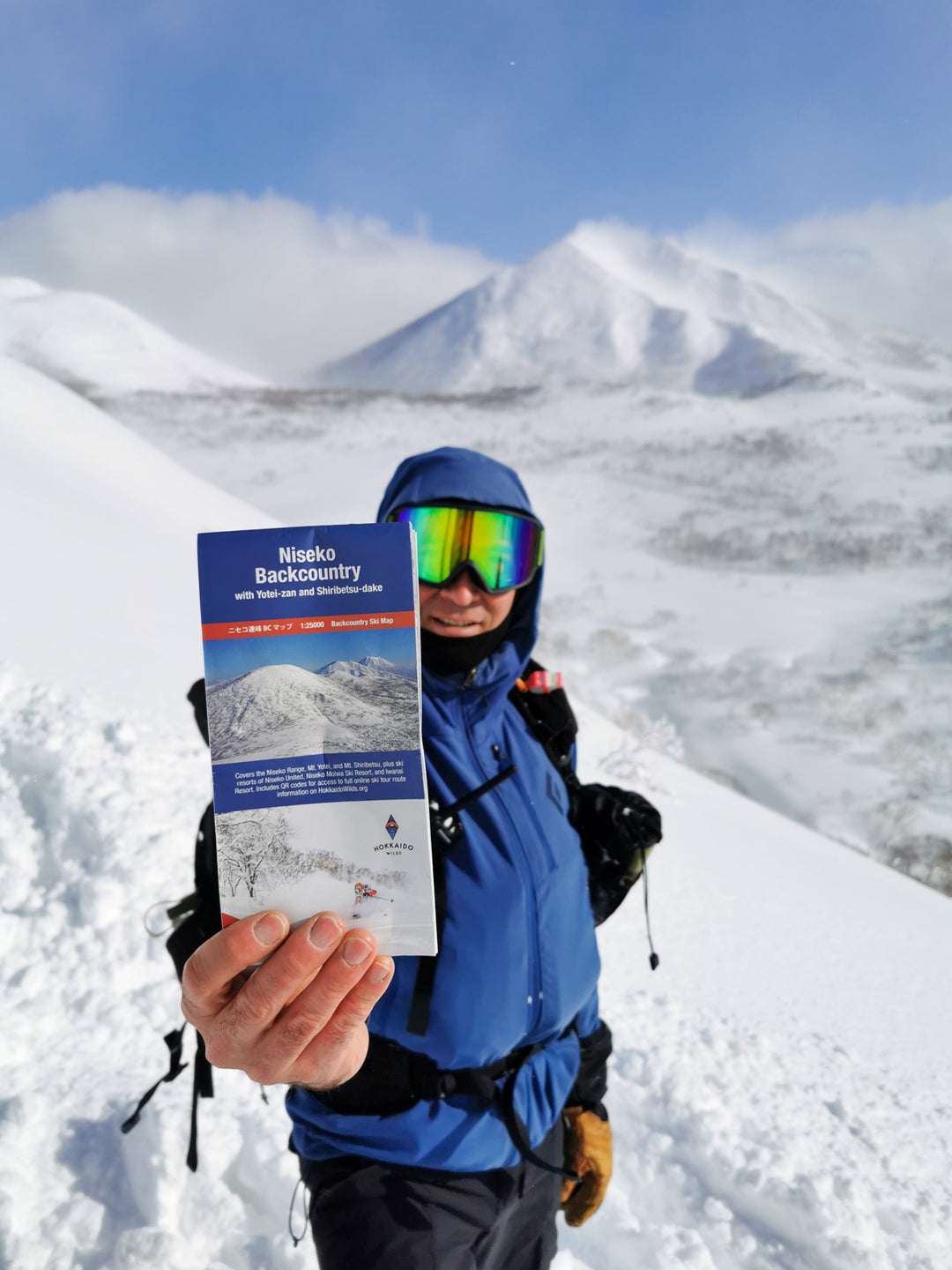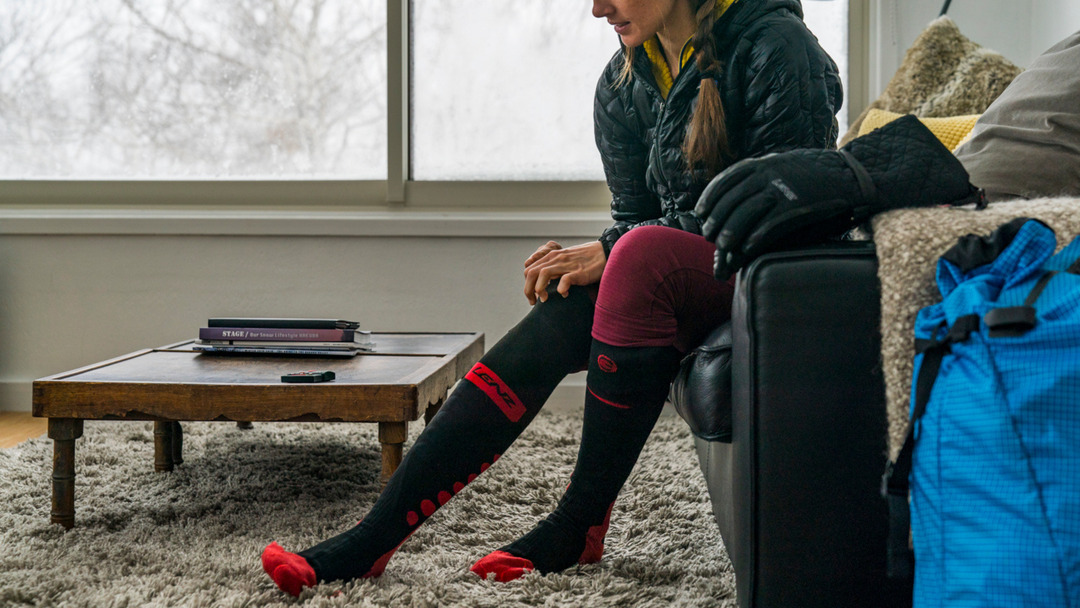This is how MIPS works
The MIPS Brain Protection System (BPS) is designed to provide additional protection against rotational motion transmitted to the brain. Rotational movements affect the brain and increase the risk of mild and severe brain damage. When implemented in a helmet, MIPS BPS can reduce rotational motion by changing the direction of energy and forces transferred to the brain.
The core of the MIPS BPS is a low-friction layer that allows the head to move 10-15 mm relative to the helmet, reducing rotational movements to the brain. MIPS BPS makes the helmet safer and adds protection.
Strain in the brain
The rotational motion from angular impact can cause tension in the brain and lead to laceration of brain tissue. This illustration is based on data collected using sensors within a crash test dummy head. The head of a helmeted dummy was subjected to an oblique impact on a test rig at the MIPS lab in Sweden.
This figure shows the brain strain due to angular impact when the dummy head wears the same type of helmet – with and without MIPSBPS.

Reality-based testing
The MIPS test rig was developed to test angular impacts to simulate a fall during a collision.

Scientifically proven
Depending on the type of helmet being tested, the helmet is dropped from 2,2 to 3,1 meters into a 45 degree impact angle covered with abrasive paper. Three types of impact points are tested and all helmets are tested in all sizes.
Data is collected using nine accelerometers in the Hybrid III crash test dummy head and analyzed using a computer model called a finite element model. Compare the same helmet model with and without MIPSBPS to ensure that all approved helmets meet MIPS strain reduction standards.
More than 27.000 tests have been conducted at our global test center in Stockholm, Sweden. In addition to that, there are also many third-party tests that support MIPS' safety claims.






Leave a comment